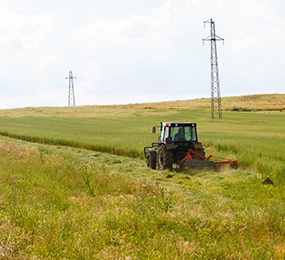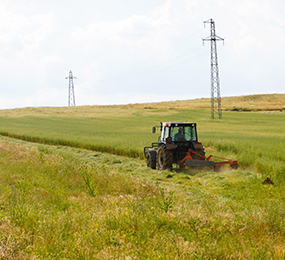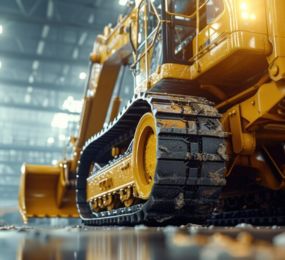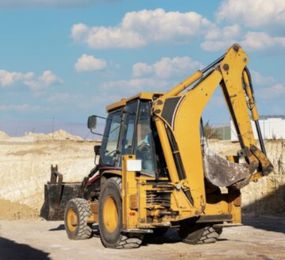Net-Zero for Heavy-duty Vehicles using Low-carbon Fuels and hybridization
The sustainability of corporate operations is increasingly a crucial issue in big firm boardrooms, fueling substantial demand for Net-Zero-emission Heavy-duty Vehicles.
The world's attention is now focused on the threat posed by climate change, with the impact of warmer climate becoming increasingly visible via what appear to be increasingly catastrophic weather occurrences.
Transitioning heavy-duty vehicles from diesel combustion engines to net-zero-emission powertrains is a very visible approach for enterprises to demonstrate their environmental credentials to their drivers while also providing a significant decrease in their low-carbon fuel footprint.
There is a high level of corporate demand for net-zero-emission heavy-duty trucks.
Many corporations that operate big heavy-duty vehicles are developing their own objectives and deadlines for reducing greenhouse gas emissions, in accordance with national promises to achieve net-zero emissions over the next few decades. Adoption of net-zero-emission heavy-duty vehicles will be crucial for enterprises who rely on non-road mobility to meet environmental commitments.
Understanding the Daily Duty Cycle of Heavy-Duty Vehicles Is Critical to Net-Zero-Emission Vehicles Deployment of Heavy-Duty Vehicles
Because powertrains cannot provide the same range or flexibility of operation on a single charge as conventional diesel heavy-duty vehicles, deployment requires more planning. Companies are giving consulting services to drivers in order to evaluate the daily energy required by their activities and then design the vehicle and charging infrastructure to that requirement. Modular battery solutions and a variety of electric motor sizes will assist drivers in selecting the best vehicle for their application. Collaboration with drivers will be critical to the successful deployment of these early-generation heavy-duty vehicles.
Fuel cell heavy-duty vehicles may provide a net-zero-emission option for long-distance transportation. Fuel cell systems, which use an onboard fuel cell to produce power from pressurized hydrogen stored aboard heavy-duty vehicles, have a higher energy density and hence a longer range than battery electric systems. Using hydrogen as a fuel also provides greater flexibility, with refueling durations equivalent to diesel and far lower than battery charging periods.
This has prompted numerous large corporations to invest in the technology. However, the low carbon 'green' or 'blue' hydrogen necessary to make heavy-duty vehicle engines really low carbon is both limited and expensive at the moment. Today's low-cost 'grey' hydrogen, derived from natural gas, is essentially a fossil fuel in a new form.
Efficiency may begin the decarbonization process
Efficiency criteria for heavy- duty vehicles are at a significantly earlier stage of development than those for light-duty vehicles. Furthermore, the large diversity of vehicle types and duty cycles makes regulating efficiency more difficult than it is for light duty vehicles. Japan was the first country to implement heavy-duty vehicle economy criteria in 2005, while the United States was the first to create light-duty standards in the 1970s. Several nations had established heavy-duty vehicle fuel efficiency criteria by 2020.
Even in the absence of legislation, economics pushes efficiency improvements in non-road mobile transportation. Emissions can be reduced by improving system efficiency.
Deeper decarbonization necessitates the development of new technology.
Diesel truck technology advancements raise the bar for new decarbonized technologies to meet in order to compete. Because they can refill regularly at a single place, electrification is an excellent choice for heavy-duty trucks that operate in confined regions and follow defined itineraries.
Electric heavy-duty trucks have additional charging issues. They will take more electricity to charge since they will have significantly greater battery capacity than an electric passenger vehicle.
Chargers with extremely high rates are one possible approach.
Chargers with capacities of up to 3 megawatts (MW), or 3000 kW, are being developed for heavy-duty vehicles. These offer the benefit of charging heavy-duty vehicles in the same amount of time as diesel refueling, making long-haul battery heavy-duty vehicles more cost-effective for hauling businesses, as time is money in this application. These chargers, however, have major consequences for the electricity system, especially if there are multiple of them in a single spot, like as a highway truck stop. This high degree of discontinuous, "lumpy" power use presents a challenge to the grid and will necessitate the use of battery storage or distributed generation to balance the load.
Visit our website to know more: https://bit.ly/3UZP3yg
For more information and group participation, contact us: [email protected]
Leadvent Group - Industry Leading Events for Business Leaders!
















